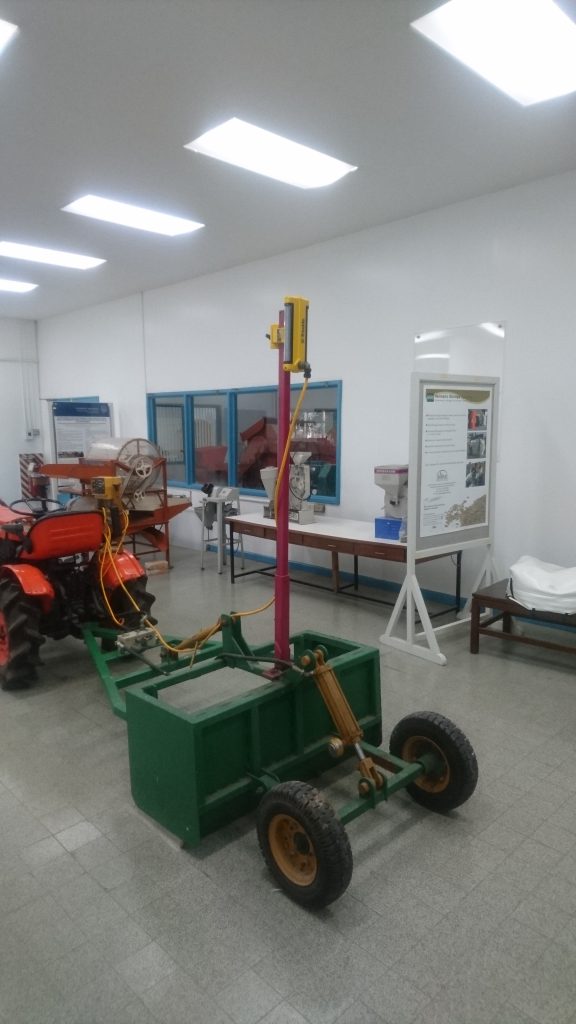Rice Mechanisation Outputs
As I’m here at IRRI doing a baseline study on 3D printing of spare parts for mechanisation I came up with an interesting idea a few months ago. How much yield loss can be associated with break downs and failures of mechanisation?
Seeing as it’s IRRI, who are my host organisation, I decided to concentrate on rice mechanisation and rice yield losses. In order to do this I would simply create a list of all the mechanisation used at each stage during the life cycle of rice. Laser levellers, rotavators, seeders, transplanters and drying mechanisms are some of the machinery used in the production of rice.
Caling, a colleague at IRRI, kindly sent me a list of machinery used and their output per hectare. Some had output per hour or day but this information was just as valuable. The idea is to compile all this information and calculate how much loss occurs when there’s a breakdown or failure of a machine. This could be calculated by adding up the hourly, daily, weekly and monthly outputs of machines and calculate how many hours or days of work are lost. Time lost producing crops means yield losses at the end of the season.

IRRI’s Laser Leveller
With climate change affecting the growing seasons in some countries, every day lost could be detrimental to global food supplies. Many people think pests and diseases are the biggest influence in overall yield losses. Many people think poor access to water has the biggest affect on crops. Poor land management can also have an affect. Yes, these are all very relevant. Personally, I think the spread of pests and diseases will be the greatest threat. Increasing temperatures and change in weather patterns will see the migration of pests to other countries. Milder winters will enable diseases to survive. Pests and diseases will become more durable and this creates a whole new problem for breeding new varieties.
However, I feel mechanisation failures and waiting time for replacement parts has an influence too. If mechanisation ceases, production comes to a halt. If production stops, overall yield is affected. If the battle against pests, diseases and dwindling water supplies is getting further from our control why not put time and effort into other areas. Some developing countries have little or no access to mechanisation. They still depend on conventional methods, with hand tools being the only choice.
In lieu of this, mechanisation has an important role. An assessment of how much yield is lost when mechanisation ceases, is quite important. Technology is the way forward so with that keep producing, keep mechanisation in motion and maximise yields!